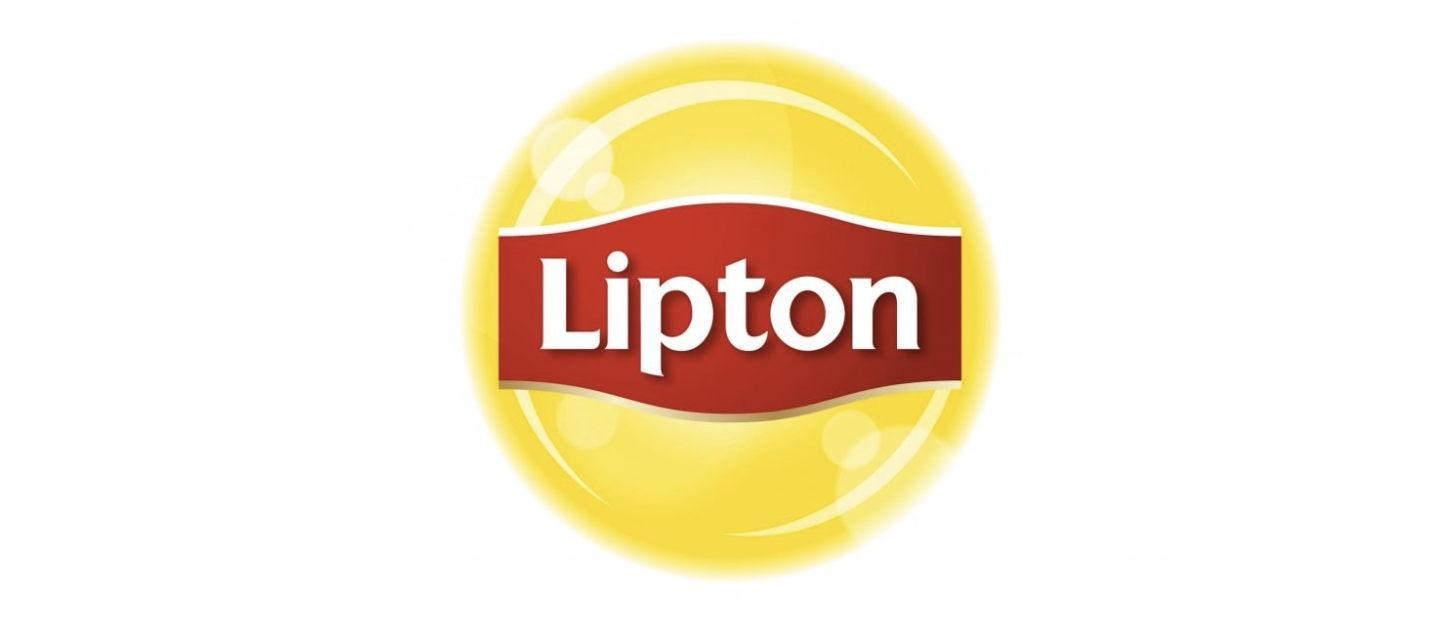Case Study: Lipton – A Global Tea Powerhouse
In the bustling streets of Glasgow, Scotland, in the 1870s, a young, ambitious entrepreneur named Sir Thomas Lipton had a vision—to make tea, once a luxury for the elite, accessible to everyone. Little did he know that his dream would evolve into a global tea empire that would redefine the industry for generations to come.

The Humble Beginnings
Thomas Lipton, born in 1848 to Irish immigrant parents, was no stranger to hard work. At the age of 15, he sailed to the United States, where he took up various jobs, including working in a grocery store. Observing the efficiency of American retail operations, he returned to Scotland with a dream of revolutionizing the food trade.
In 1871, at the age of 23, Lipton opened his first grocery store in Glasgow. He marketed his store as offering “the best goods at the cheapest prices,” a philosophy that won the hearts of working-class families. His business grew rapidly, and by the 1880s, he owned over 300 stores across Britain. But Lipton was always thinking bigger.

Breaking Into the Tea Industry
During the late 19th century, tea was an expensive luxury, controlled by middlemen who inflated prices. Lipton saw an opportunity. Rather than relying on suppliers, he decided to cut out the middlemen and source tea directly from plantations in Ceylon (modern-day Sri Lanka). He bought vast tea estates, ensuring quality control and reducing costs.
To market his tea, Lipton leveraged his exceptional promotional skills. He sponsored hot air balloon events, used colorful advertisements, and even hired elephants to parade through London’s streets carrying Lipton Tea chests. His genius lay in making tea not just affordable but desirable.
Tea for the Masses
Lipton introduced the concept of pre-packaged tea, a revolutionary idea at the time. Until then, tea was sold loose, and quality varied. By branding and packaging his tea, he guaranteed consistency, making it more appealing to customers. His slogan, “Direct from the Tea Gardens to the Teapot,” became synonymous with freshness and affordability.
By 1890, Lipton Tea was a household name in Britain, and soon, it spread across Europe and America. He even earned a royal warrant as the official tea supplier to Queen Victoria—a remarkable feat for a man who started with a single grocery store.
Global Expansion and Innovations
In the early 20th century, Lipton continued expanding, setting up distribution channels worldwide. One of the most significant milestones came in the 1950s when Lipton became part of the Unilever conglomerate, giving it access to unparalleled resources and global reach.
As consumer habits evolved, Lipton adapted. The introduction of tea bags in the 1950s and ready-to-drink iced tea in the 1990s revolutionized the industry. Lipton embraced health-conscious trends, launching green teas, herbal infusions, and organic blends.
Fun Facts and Data Points
- Lipton Today: Sold in over 110 countries, Lipton is one of the world’s most recognizable tea brands.
- Tea Production: Lipton sources tea from more than 600 tea estates worldwide.
- Environmental Commitment: Lipton has committed to 100% Rainforest Alliance Certified tea, ensuring sustainable farming practices.
- Marketing Genius: In 1929, Lipton launched one of the first-ever radio commercials in America, setting the stage for modern advertising strategies.
The Legacy of Lipton
From a single grocery store in Glasgow to a global powerhouse, Lipton’s journey is a testament to innovation, persistence, and an unyielding belief in making quality tea accessible to all. Sir Thomas Lipton’s legacy endures not just in every cup of Lipton tea enjoyed worldwide but in the very fabric of modern retail and branding strategies.
So, the next time you sip on a warm cup of Lipton tea, remember—you’re not just drinking tea; you’re tasting a rich history steeped in vision and ingenuity.